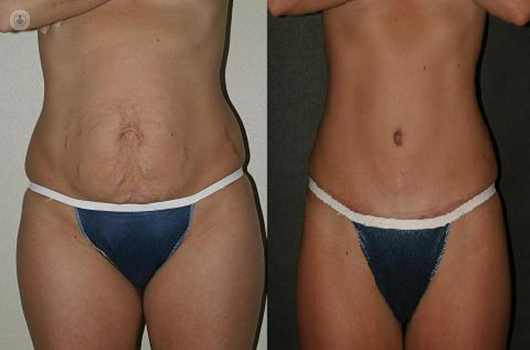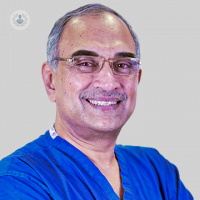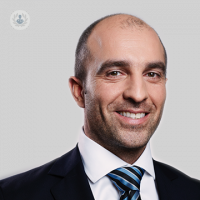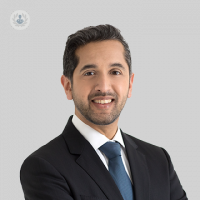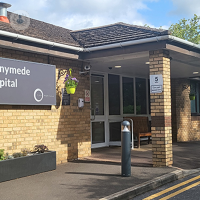Tummy tuck (abdominoplasty)
Mr Venkat Ramakrishnan - Plastic surgery
Created on: 11-13-2012
Updated on: 10-04-2023
Edited by: Carlota Pano
What is a tummy tuck (abdominoplasty)?
An abdominoplasty, also known as a tummy tuck, is a cosmetic surgical procedure that flattens the abdomen by surgically removing excess skin and fat from the middle and lower abdomen. This allows the abdominal wall muscles to be tightened. This is a major procedure that requires general anaesthesia. It is not an alternative to weight loss.
Why have an abdominoplasty?
An abdominoplasty is suitable for men and women of a stable weight and in good health.
Women might consider having an abdominoplasty to remove excess skin resulting from pregnancy. Additionally, men and women who have lost a lot of weight are often left with lots of saggy, excess skin which can be removed from the abdomen with a tummy tuck.
How is an abdominoplasty carried out?
To begin with, a large incision is made across the lower abdomen. Through this incision, the skin from the abdominal wall underneath the belly button is separated and the excess skin of the abdomen is cut away and the excess fat removed. The incision is then closed with stitches.
An abdominoplasty can be either partial (mini tummy tuck) or complete, depending on how much excess skin and fat there is, and where it is mostly located. During a complete tummy tuck, it is likely that the belly button will need to be moved. Drainage tubes are placed in the incision to drain excess fluids following surgery.
Preparation for an abdominoplasty
It is important to stop smoking for a period before surgery, usually at least two weeks. Days before the operation it may be necessary to stop taking certain medications. There will also be a period of fasting before surgery.
Aftercare
The patient must keep in mind that the scar resulting from the operation is permanent, although its size will depend on the type of incision made according to the surgical requirements of each case.
The days following the procedure, the patient will have a little pain and discomfort, so the doctor will prescribe painkillers. You will need up to six weeks off work and exercise whilst you heal. You won’t be able to drive either for a number of weeks.
It may be necessary to wear a special elastic control support for a few weeks to encourage healing and to reduce swelling. After six weeks, you can stop wearing the elastic support and return to most normal activities.
